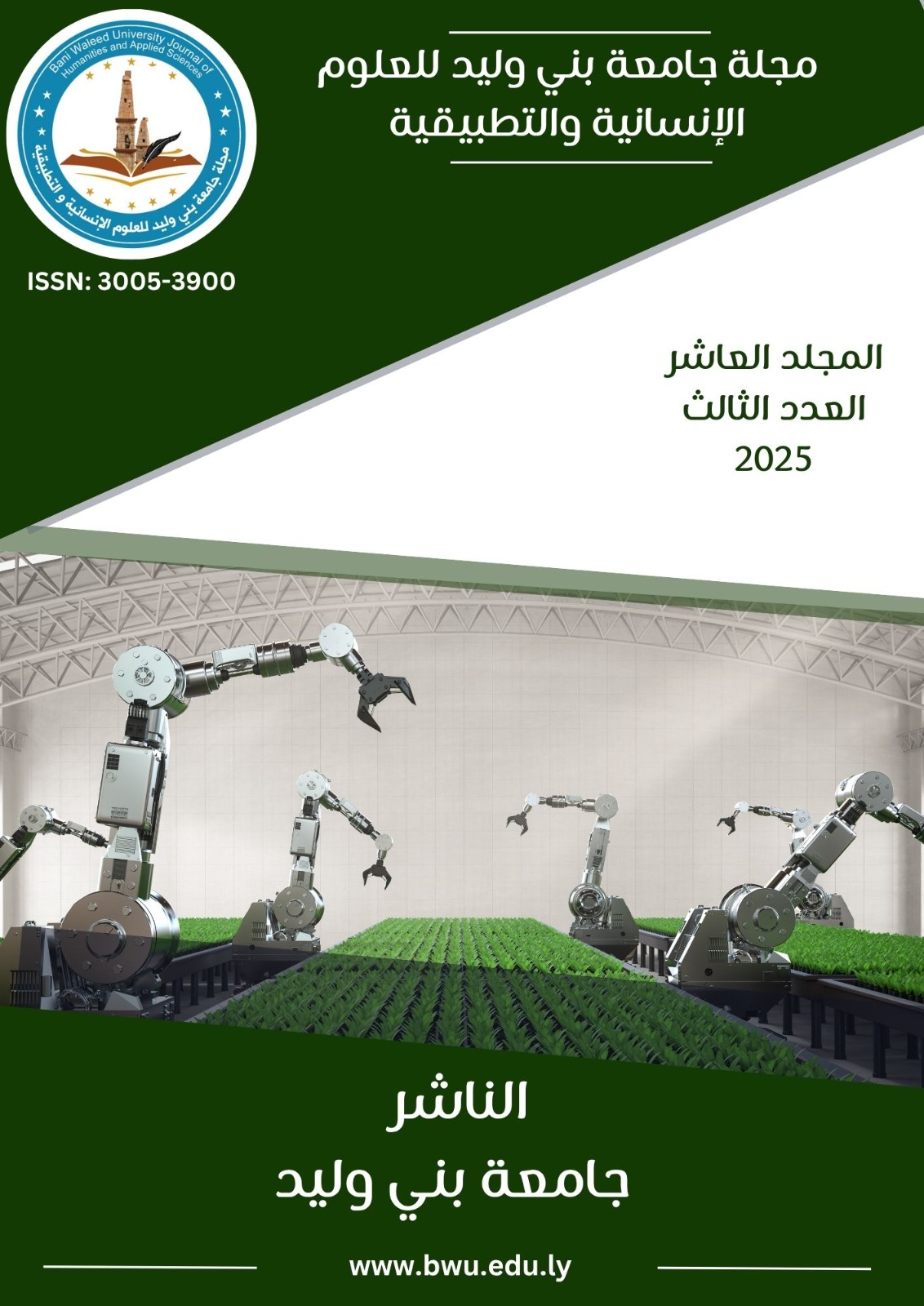Anatomic Single-Bundle Anterior Cruciate Ligament Reconstruction Using Hamstring Tendon: An Arthroscopic Approach
DOI:
https://doi.org/10.58916/jhas.v10i3.828الكلمات المفتاحية:
Anterior Cruciate Ligament، ACL reconstruction، Hamstring Tendon، An Arthroscopic Approach، Lysholm scoreالملخص
Background: Anterior cruciate ligament (ACL) injuries are among the most prevalent knee injuries, and they are particularly common in young, athletic people who play demanding sports. Hamstring tendon autografts have gained widespread acceptance in ACL reconstruction due to their favorable biomechanical properties, dependable long-term outcomes and low morbidity at the donor site. This study's objective was to outline the arthroscopic method for hamstring tendon autograft-based anatomic single-bundle ACL restoration. Discuss its clinical rationale, and review the current evidence supporting its efficacy in restoring knee function and stability. Methods: In this clinical investigation, 24 patients (75% male, 25% female) with an average age of 30.16±5.9 years were treated at the Orthopedic Surgery in Abu-Salim Trauma Hospital in Libya. Among them, 16 cases (66.7%) had right ACL tears, while 8 cases (33.3%) had left ACL tears. Regarding the mechanism of injury, 14 cases (58.3%) were due to sports injuries, 7 cases (29.2%) resulted from road traffic accidents (RTA), and 3 cases (12.5%) were caused by falls down stairs. A minimum of 12 months and a maximum of 48 months passed between the injury and intervention, with a mean time of 29.79 ± 8.14 months. Results: After surgery, the grade of Lysholm score increased dramatically, with 17 patients (70.8%) obtaining excellent outcomes. 5 patients (20.8%) classified as good, and 2 patients (8.3%) as fair. The mean IKDC score also demonstrated significant improvement, rising from 45.83 ± 7.46 preoperatively to 78.12 ± 6.04 postoperatively (p < 0.05). 19 patients (79.2%) had no postoperative complications, 4 patients (16.7%) developed superficial infections, and 1 patient (4.1%) experienced a serious infection. Conclusion: Anatomically reconstructing the anterior cruciate ligament with the hamstring tendon is more effective at simulating the anatomy of the ACL and producing favorable clinical results.













